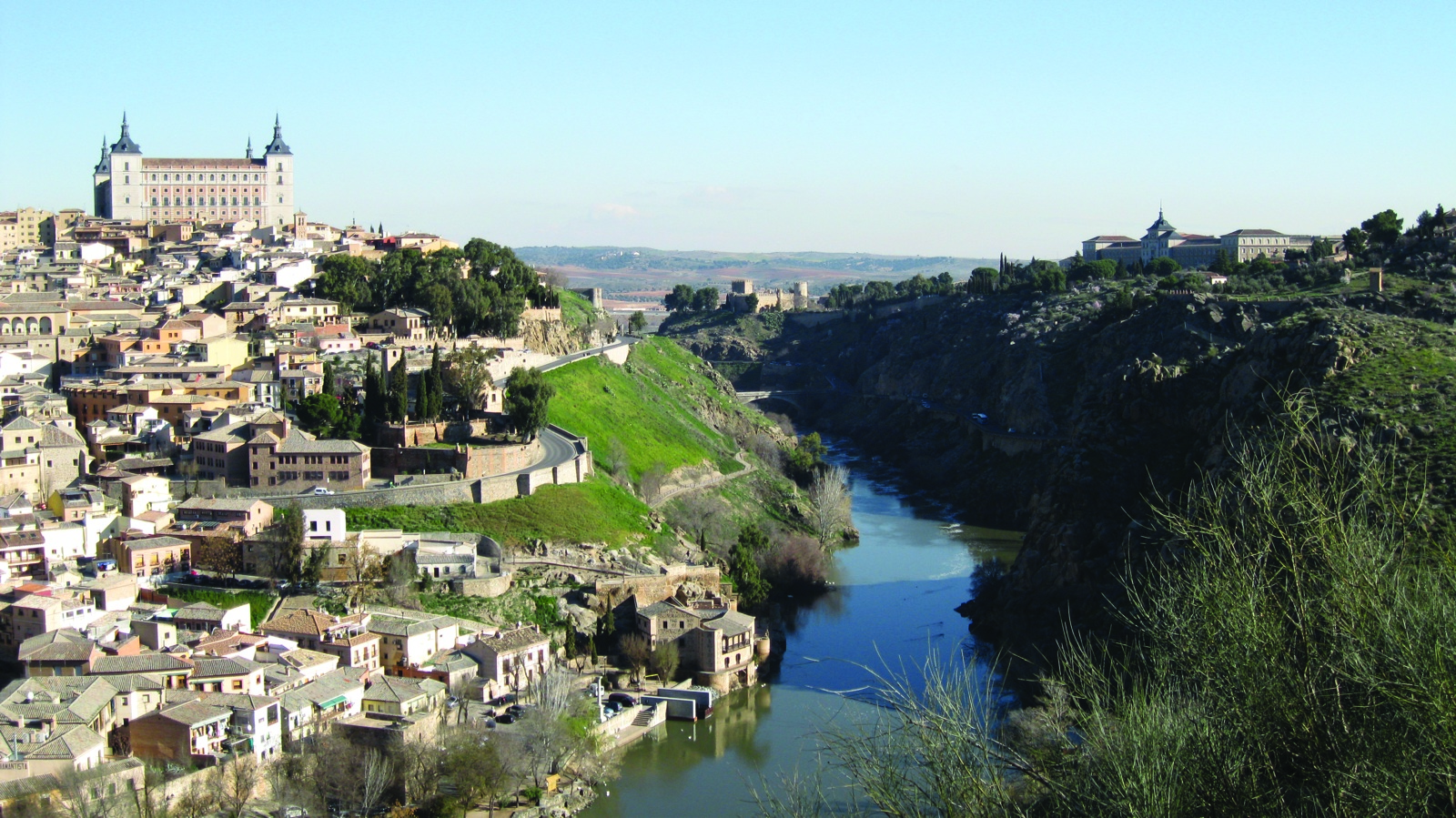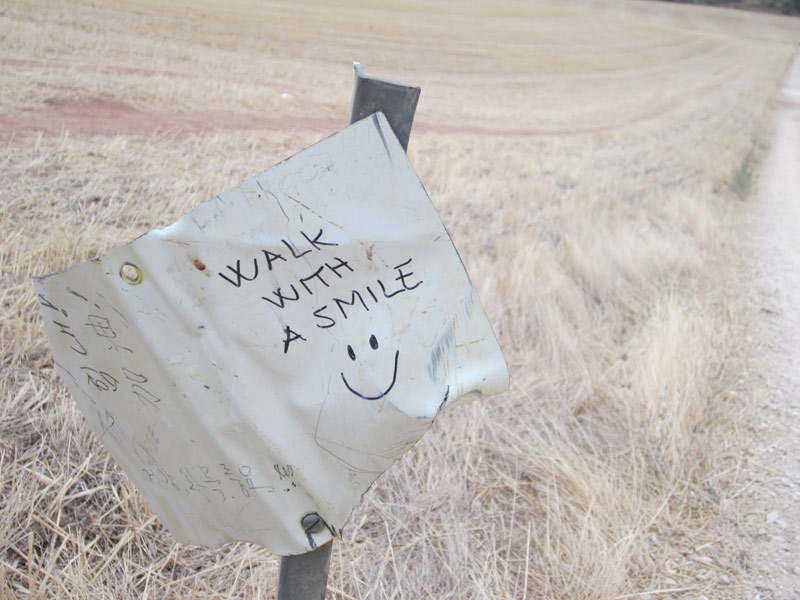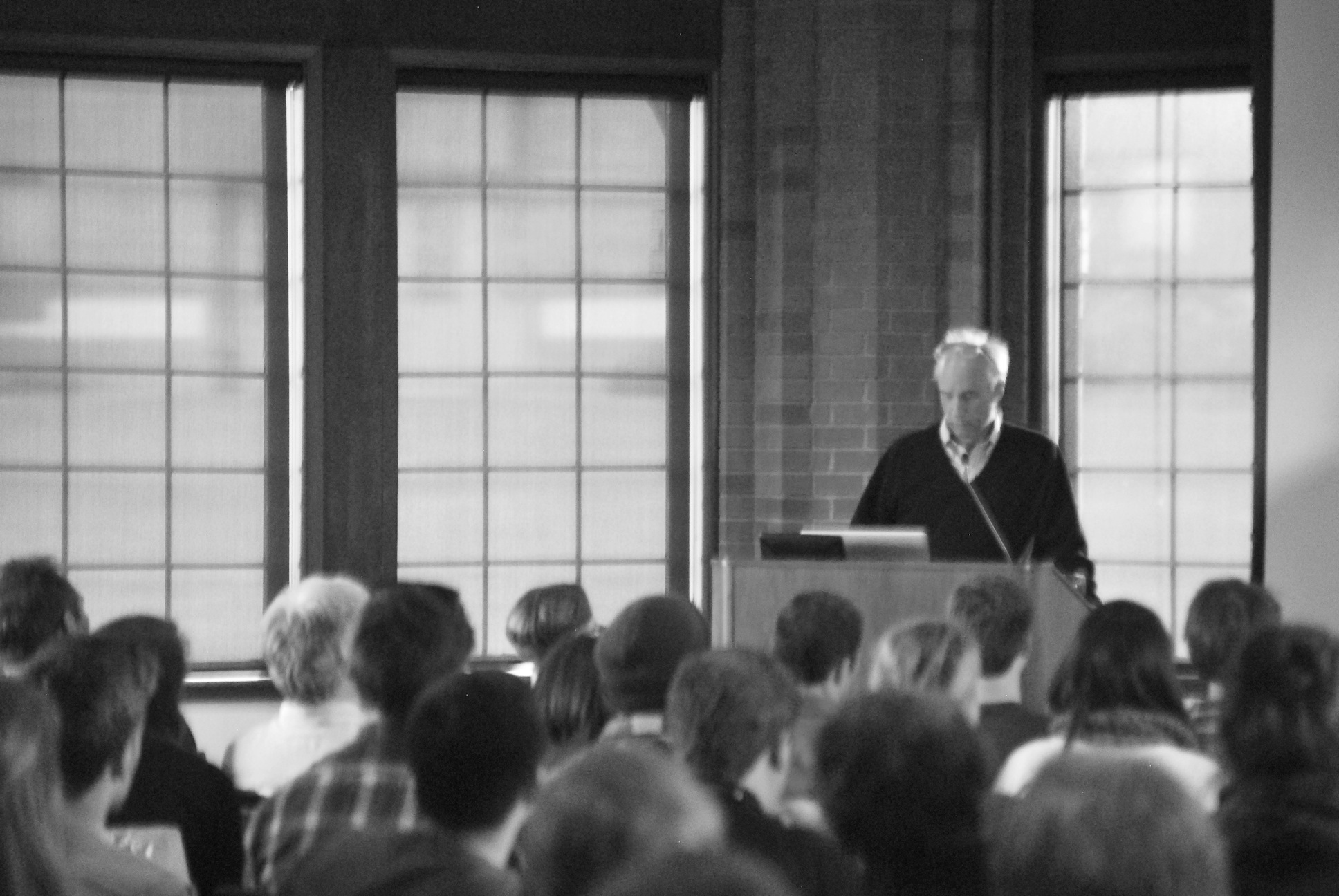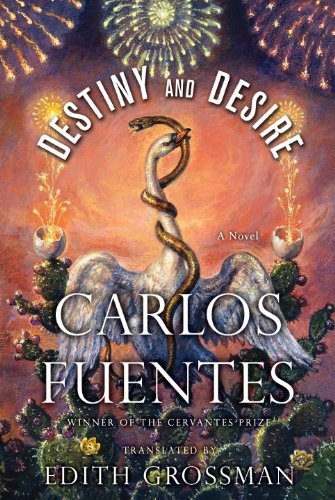
Granada, Spain—With the beginning of March comes what is known in the ILACA program as the overload blues. The combination of classes, extracurriculars and soggy weather spells creates a burnt-out haze that hangs over the heads of ILACA students.
Fortunately for us, the program coordinator in this specific program foresaw our mutinous attitudes and scheduled a five-day excursion to Madrid, Segovia and Toledo to alleviate the end-of-February blues.
The trip to Madrid started off with a five and a half hour bus ride from Granada and a museum visit planned for the first day. However, the trip was a welcome break from homework and studies so we didn’t mind the busy schedule.
Day one saw us travelling and having our first experience with the plethora of activities available to the visitor of Madrid.
Our first excursion was to visit the National Prado Museum. Just to give you a taste of the immense size of the museum, housing an even more immense array of art, I will explain a little about the structure of the building.
The museum, once a palace, consists of three massive floors filled to capacity with paintings and sculptures for the permanent and changing collection, ranging from famous Spanish artists, such as Velázquez and Goya, to others such, as El Greco and Titian.
There is also a basement full of more works of art looking for a space to be displayed.
One of the great things about the ILACA program is that it is mandatory for every student to take a Spanish Culture class, in which we learn everything from the prehistory of Spain to the present day politics and social norms. This class gives us the knowledge needed to understand and appreciate the vast quantities of art and monuments that reside in Spain.
For example, thanks to our culture class, my friend and I toured the Prado for hours debating the lineage of the Hapsburg kings of Spain and how they were represented by the painters in the Prado.
It is an amazing experience to be able to learn about the culture and art of a country and then be there and have the ability to travel to all of the places you have learned about and appreciate them.
The museums we visited in Madrid have great historical significance. However, the collective favorite places of the mini vacation were the Escorial and Toledo.
The Escorial is a monumental feat constructed by the orders of King Felipe II of Spain in the 17th century. If the cathedral isn’t enough to leave you amazed by its immense size and mix of baroque décor, then the attached library, mausoleum, palace and monastery should do the trick.
This monumental palace has a little bit of everything for everyone, even a library complete with an immaculate collection of ancient texts from Greece to Arabia. However, you should be careful and respectful of the library, because instead of charging a small fine for stealing a book the library welcomes all with the warning that if you steal a book your soul will forever be condemned to hell.
The entire weekend excursion was a well-deserved break, with visits ranging from Segovia with its Alcazar castle (the inspiration of Walt Disney’s Snow White Castle) to the Egyptian temple residing in the center of Madrid.
However, the most beloved part of the trip was our time spent in Toledo, which was once the capital of Spain during the reign of the Visigoths after the collapse of the Roman Empire.
Toledo was the first completely free day of the trip, which meant we had five hours to do whatever we wanted to in the city, and the ILACA program reimbursed us for our museum entrance fees.
Suffice it to say that all of the students took full advantage of this free day to explore myriad cathedrals and other monuments available in Toledo.
Let me give you a taste of what is available to the study abroad student in Toledo.
In less than five hours I was free to visit a synagogue, mosque and cathedral, a church containing one of El Greco’s works, a museum dedicated to the reign of the Visigoths and watch an artisan working with gold with time to spare to eat a hearty lunch.
The variety of buildings and architecture is impressive, but better still is being able to see the fusion of the many cultures of Spain’s history in one building.
For example, the synagogue I visited not only took from Jewish traditions in its construction but also from the Muslim and Visigoth traditions of Spain.
From the outside the building appears to be like any other medieval style synagogue; however, inside is a complex mixture of décor, invoking artistic styles used by the Islamic empire which existed in Spain, flourishing in the tenth century C.E. The synagogue also resembles this heritage of the Visigoths in the form of arches used to support the halls of the place of worship.
Spain, and especially Toledo, is an enormous mixture of Roman, Visigoth, Sephardic and Christian influences. This heritage is always visible to those who take the time to stroll through the tight and winding streets of medieval Spain.
[PHOTO COURTESY / LAURA HOLLISTER]



